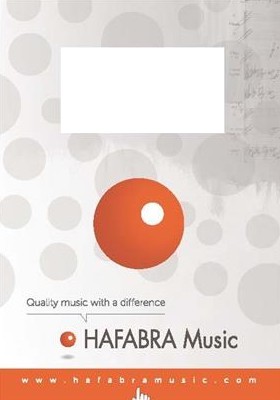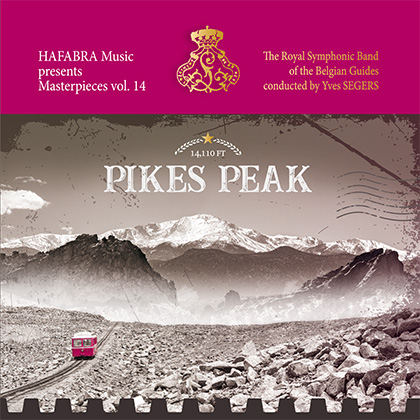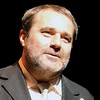
Infos :
Strauss's Till Eulenspiegels lustige Streiche (1895) may be read as the composer's credo of a new, antimetaphysical musical modernism that resonated with aspects of Nietzschean philosophy. In the immediately preceding years Strauss had taken a decisive philosophical-aesthetic turn away from the metaphysical assertions of Schopenhauer and Wagner and toward a more individualistic, palpably material conception of music. As was recognized by some writers of that period, the provocations and unstoppable laughter apparent in the tone poem could be understood as brash dismissals of one "sacred" tenet of the institution of art music after another. The seemingly gemutlich wit represented by Till (a metaphorical stand-in for Strauss himself) masked a more subversive agenda: on the one hand, a mocking of the metaphysical pretensions that then underpinned the art-music enterprise; on the other, the proclaiming of a new aesthetic staging itself as exhilaratingly emancipated from the overly inflated "Spirit of Gravity" still dominating that cultural sector of the musical world. These subversions are perceptible not only in the piece's program but also in its local musical details and overall formal construction. Several larger issues are at stake in such considerations. Strauss's personal move away from the metaphysics of music provides one of the earliest, most urgent alarms from within the high-prestige cultural system that its fundamental axioms were now corroding away, no longer sustainable by authoritarian fiat, in a rapidly modernizing and secularizing world. In turn, this suggests that such a reframing of Strauss's (and others') projects could encourage historians to approach the separate subhistories of musical modernism with a more problematized complexity and nuance. Finally-as all commentators on Till Eulenspiegel have noted-a significant part of the piece's impact resides its flamboyant, high-technical compositional display (a leading sign of its "modernism"). From this perspective the requisite framing is grounded in our recognition of its brazenly confrontational dialogue with established musical styles and practices. Non-normative formal patterning and architectonic layout are substantial components of Strauss's (Till's) musical subversion. In the reading proposed here, Till Eulenspiegel is processed as a radicalized sonata-rondo deformation with telling hermeneutic and social connotations, some of whose essential clues are located in the piece's prologue and epilogue. I interweave this analytical interpretation with remarks about the concept of sonata (and sonata-rondo) deformations as applied to music of the late nineteenth century.
| HAFABRA Music | Nº 752 |
| Compositeur | STRAUSS Richard |
| Arrangeur | SCHYNS José |
| Style | |
| Pour | • Wind Band |
| Durée | 16:40 |
| Niveau | 6 |
| Code prix | 34 |
European parts [PDF Download]
- Bass Bb BC
- Bass Bb TC
- Bass Eb BC
- Bass Eb TC
- Euphonium Bb BC
- Horn Eb 1
- Horn Eb 2
- Horn Eb 3
- Horn Eb 4
- Horn F 1
- Horn F 2
- Horn F 3
- Horn F 4
- Trombone Bb 1 BC
- Trombone Bb 1 TC
- Trombone Bb 2 BC
- Trombone Bb 2 TC
- Trombone Bb 3 BC
- Trombone Bb 3 TC
 Contact
Contact Panier
Panier Mes favoris
Mes favoris Mon compte
Mon compte











